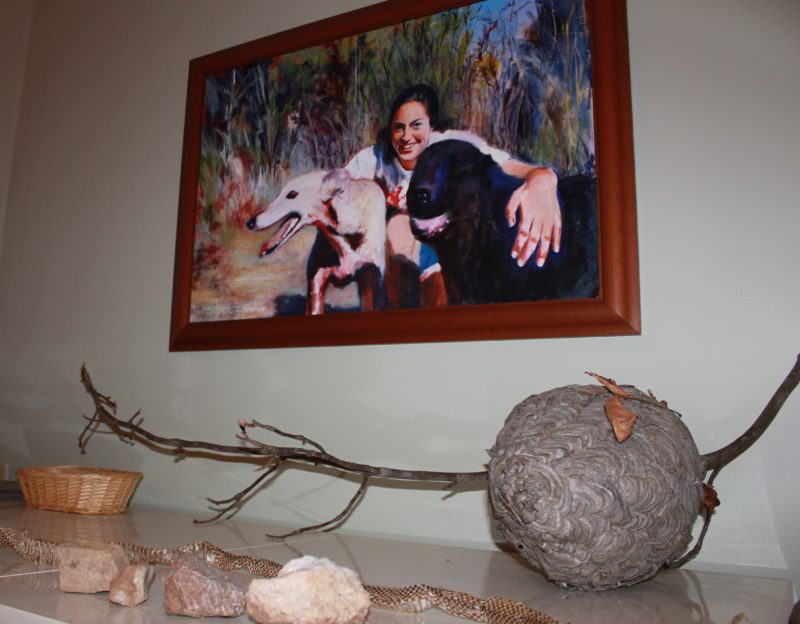The View from Space
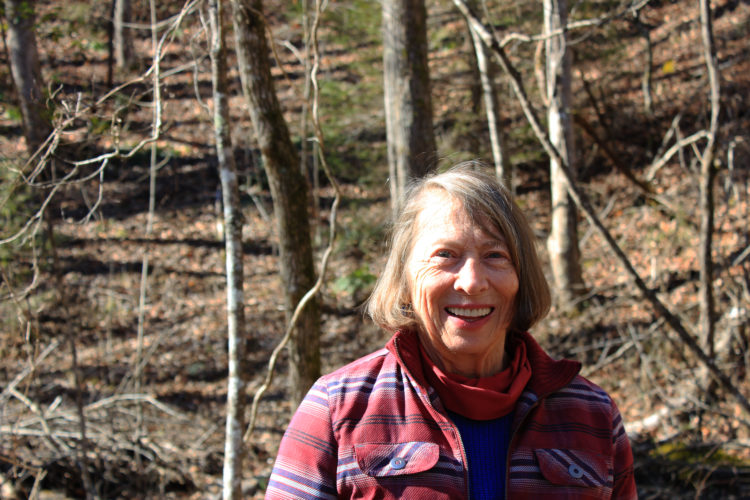
After a tragedy, a mother searching for purpose created the Walnut Creek Preserve in Polk County.
Anne Suratt was preparing to be an astronaut. During her fourth year of college, she would go into schools and teach kids about space. She was passionate about showing them what the Earth looks like from outside the planet, says her mother, Babs Strickland. How you can see the changes humans make. The sprawl of cities, bright at night. The spread of deserts over time.
That spring, in 1997, a small plane went down and Anne died in the crash. She was 22. She was Babs’ only child.
“It flips your world upside down,” Babs says. “It’s the combination of the grief of that child, of her hopes and dreams, and, for me, of losing being a mother altogether.”
After the crash, Babs and her husband Bob struggled with their sense of purpose. She was an accomplished attorney, a businesswoman, an academic. But she needed something more personal to pour herself into.
“We spent a long time trying to figure out what we were we supposed to do,” she says.
They owned a small farm in Polk County and they felt that the best way to honor their daughter’s spirit would probably have to do with land. Several times, they reached out to the timber company that owned the adjoining property about purchasing some land for an educational forest, maybe a hundred acres.
In 2003, they finally got a response. The company had decided to sell its land and was offering it to developers. As an afterthought, they sent a letter to the Stricklands, giving them the chance to bid on it—the whole 2,000 acres. They had six days to respond.
It was a staggering proposal, far more than they could afford. But they thought they should try.
“I think the way the world works is you throw your fishing line out and sometimes you catch something, most of the time you don’t,” Babs says. As it happened, the county had temporarily stopped approving developments, which bought them some time. Foresters at the timber company were intrigued by their ideas and found ways to work with them. The Stricklands found a financing partner. They bought the land.
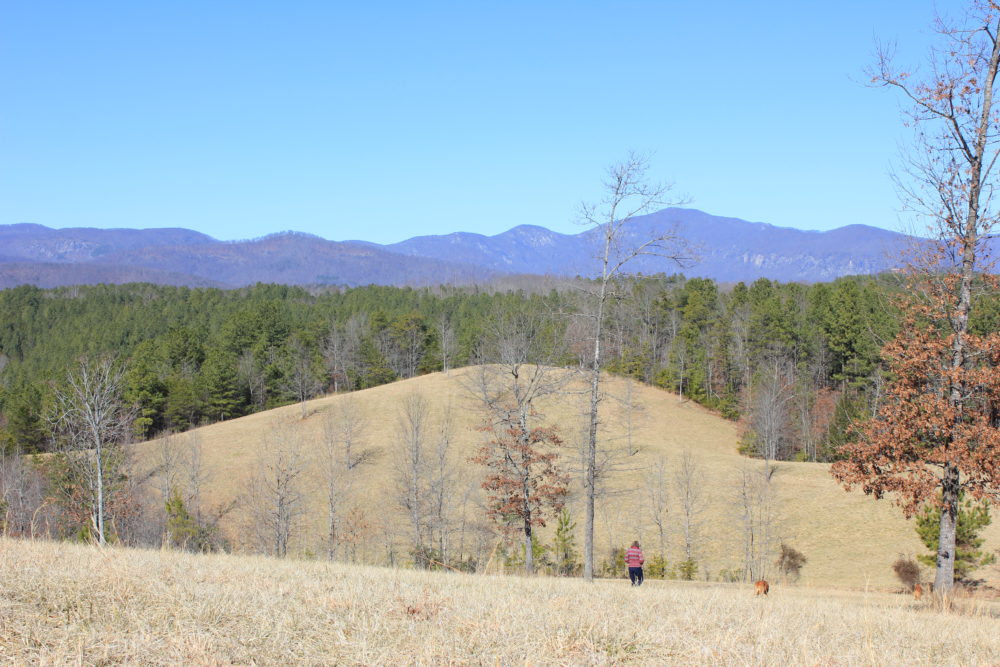
A Gift to the Community
Babs and Bob had no experience as developers, but they created an equestrian community on the property, called Walnut Creek Preserve. To fund the purchase, they sold 20-or-so-acre lots around the perimeter, along with access to a vast network of trails for walking and riding. About 75% of the land, where Walnut Creek and smaller streams flow through wooded coves, was set aside as a nature preserve.
The Stricklands protected the land permanently by donating a conservation easement to the Pacolet Area Conservancy, which merged last summer with the Carolina Mountain Land Conservancy to form Conserving Carolina. Their first easement protected 900 acres. “My goal was 1500 acres,” Babs says. So, they kept adding to it. Last year, they donated a 35-acre easement that brought the total to 1,590 protected acres.
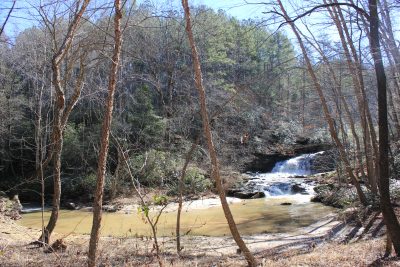
“Walnut Creek Preserve is a gift to the community,” says Pam Torlina with Conserving Carolina. The easements protect over two miles of Walnut Creek, which flows into the Green River, by preserving natural buffers that filter out contaminants. Foresters are managing the land to restore native hardwoods, which provide habitat for many wildlife and plant species. And the preserve is open to the public for educational events.
Every month, Conserving Carolina hosts a speaker series there, at the Anne Elizabeth Suratt Nature Center. Topics range from mushrooms to mosses, predators to geology.
Visitors learn to identify wildlife scat or trees in winter. Through the Muddy Sneakers program, fifth graders come to learn math and science outdoors. People hike to the waterfall. They take in dramatic views of the Hickory Nut Gorge. Scientists conduct research there—like one biologist who catalogued and preserved plant specimens over the course of a year, safeguarding their DNA in case the species is ever lost.
Now, the preserve, which is a nonprofit, is in the process of establishing an endowment, using money from the development’s 25 lots. “That will allow people to continue to use it without having to pay for it,” Babs says. “That’s my biggest legacy.”
“We Are Not the Center”
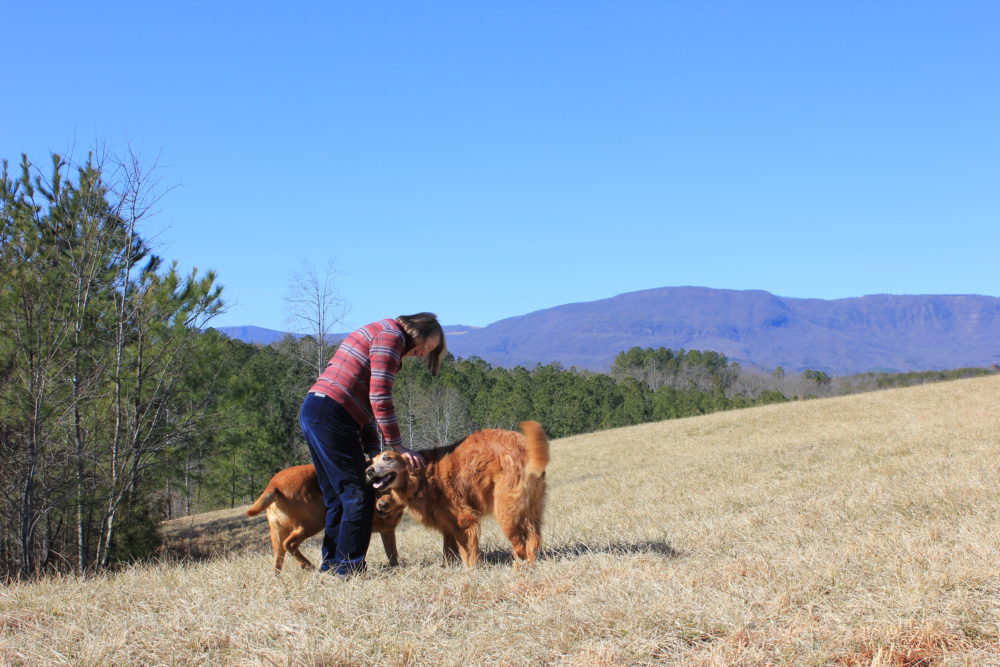
Babs, who is 72, maintains the fifty miles of trails herself, mowing them with a tractor or walking the hills with her dogs, tossing branches out of the way.
“Anne might say, ‘Mom, you’re working too hard. I don’t want you to do all this just for me. You need to just be enjoying yourself.’” Babs reflects. “But she certainly would approve of what we’re doing.”
In response, Babs might say that she needs to be busy; she always has. And she finds meaning in helping people to connect to something outside their own lives.
“Anne would appreciate education about our world and how important it is not to see ourselves as the center,” she says. “We’re not the center of our world, we’re not the center of our universe. We’re just a really tiny part. And we play an excessive role in the health of the world. We have a responsibility that we’re not fulfilling and that would disturb her. She wanted young people to see that they made a difference in what happens on this earth. In our future. And not just our future, but those coyotes, those birds out there. We all matter.”
She says, “There can be a great peace in your heart when you truly embrace the idea that you’re not the center of the universe. You can let go. And you still strive, of course. It’s human nature to strive, but you do your best and that’s all you can do.”
